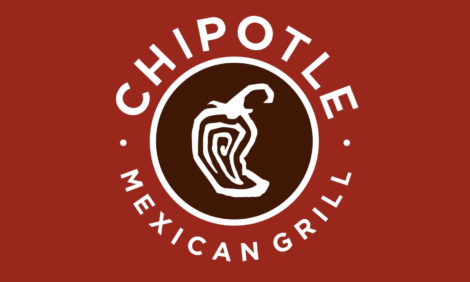



CME: May Pork Inventories 0.5% Less Than Previous Month
US - USDA announced Thursday night that it would suspend imports of all fresh/frozen Brazilian beef and this would likely be a point of discussion as markets opened Friday, reports Steiner Consulting Group, DLR Division, Inc.Before we touch on the cold storage inventory results, a couple of points on this topic. The announcement followed the delisting of five Brazilian plants earlier in the week. No beef from those five plants, whether fresh/frozen or cooked will be allowed entry.
The next step to ban all shipments of fresh/frozen beef came as USDA found the rejection rate of 11 per cent was far higher than the 1 per cent rejection rate from other markets. We do not know what the rejection rate was before the 100 per cent testing was put in place in late March.
Brazil was just granted access to the US market last fall and it had only recently started to ramp up shipments to the US. It is our understanding that with one exception, the rejections of Brazilian product were not due to food safety issues but product defects.
At this point Brazil does not account for a significant portion of the beef supply in the US market and the suspension has no real material impact on the US beef market as a whole. Keep in mind that at this point only fresh/frozen beef imports from Brazil are affected and cooked beef imports from the five delisted plants.
In April imports of all Brazilian beef were 17.1 million pounds and we think fresh/frozen was around 6.6 million pounds on a carcass wt. basis. This compares to monthly US beef production (cwe basis) of 1.96 billion pounds in April.

Total supplies of beef, pork, chicken and turkey in cold storage at the end of May were 2.324 billion pounds, 0.6 per cent less than a year ago but still 3.1 per cent higher than the five year average.
Cold storage stocks of all major meat proteins at the end of May were about the same as where they were the previous month. In the past five years cold storage stocks have increased an average 1 per cent from April to May. You can see the bottom of the page for full details.
Beef: Sharp price increases, especially for fat beef trimmings, likely caused end users to rely heavily on their freezer inventories. Boneless beef stocks at the end of May were 377.8 million pounds, 11.2 per cent less than a year ago and 8.3 per cent lower than the five year average.
The drawdown in stocks in May was 9.1 per cent when in the last five years the average drawdown was 4 per cent. Beef imports continue to track under last year, which also has reduced the supply of lean boneless beef going into cold storage.
Sharp spike in middle meat cuts also caused end users to liquidate their stocks of beef cuts, which dropped 18 per cent compared to the previous month. This is not unusual as end users had been accumulating inventories in March and April in anticipation of better demand in May and decided the time was right to unwind those freezer hedges.
Total beef inventories at 412.8 million pounds down 10.6 per cent from last year and 10 per cent under the five year average. The lower inventories continue to be supportive for beef pricing in the short term. Beef exports continue to be generally positive although the recent price spike has reduced volumes shipped compared to the torrid pace earlier in the year.
Pork: While the tight belly stock situation remains positive for the pork market in the short term, inventories of other pork products increased at a faster pace. Total pork in cold storage at the end of May was 592.1 million pounds, 3.9 per cent lower than a year ago and 5.8 per cent less than the five year average.
Pork inventories in May were 0.5 per cent less than the previous month when compared to an average 4 per cent drawdown in stocks during the past five years. The trend in cold storage for the next three months will be critical.
Pork production is expected to ramp up higher in Q3 and it is necessary to get into that quarter with relatively current pork stocks. If product starts to accumulate in the freezer, be this because of slower exports or because high prices kill some demand in late summer, it could put further downward pressure on fall pork prices.
Ham inventories at the end of May were 144.1 million pounds, unchanged from a year ago and 3.5 per cent higher than the five year average.








